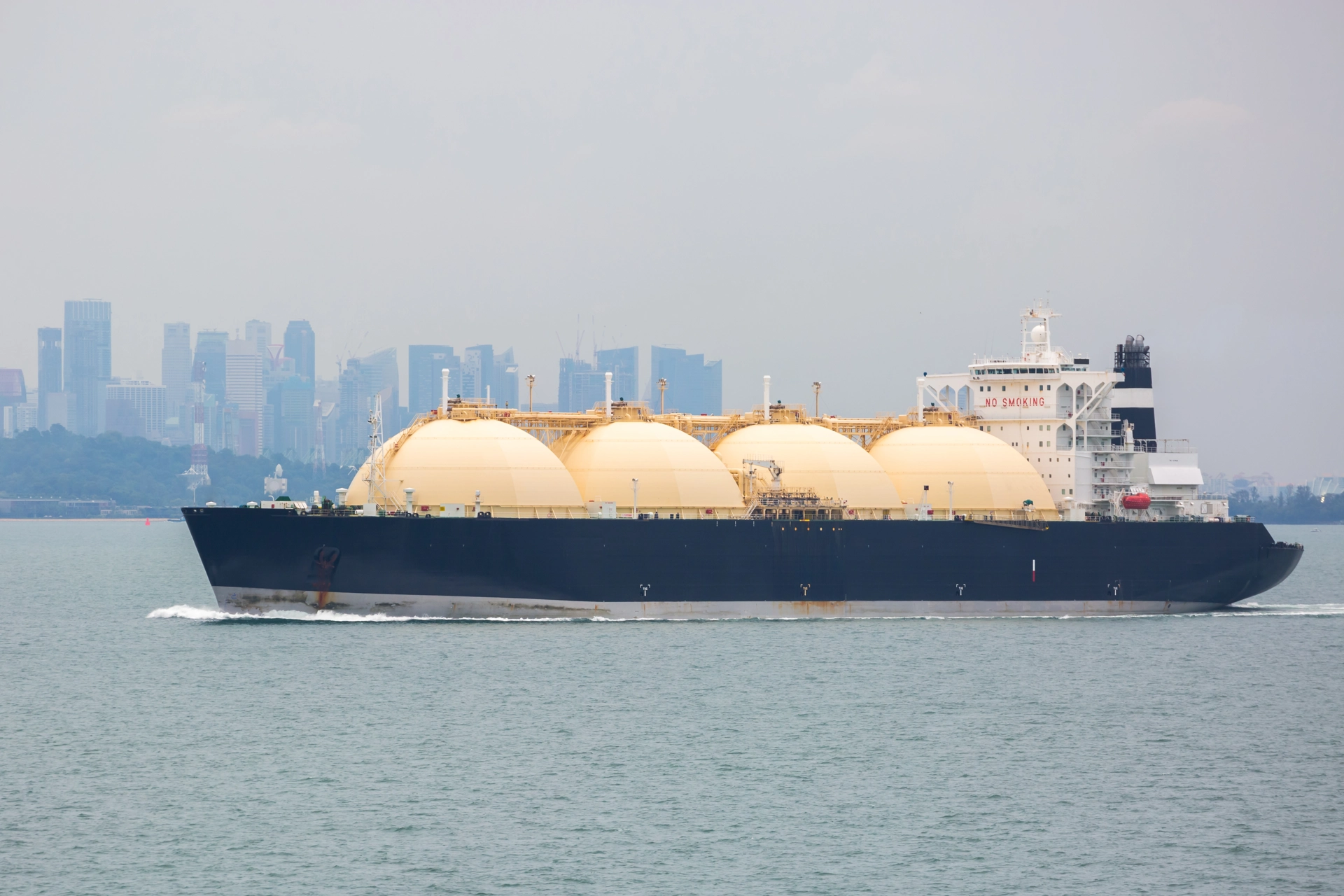
MET is a Switzerland-based energy trader. Europe’s intake will to some extent depend on Asia.
“It seems that the LNG world in Asia is rejecting these price levels which means that as long as Asia doesn’t cool, a horde of LNG is going to come to Europe unless there’s a substantial shift in fundamentals… this could last until end of Q2,” he said.
Some buyers in South Asia did not award buy tenders recently due to high prices. But firmer demand has been seen in East Asia lately, despite high prices.
In Europe, as many as 45 vessels are already confirmed for February into European terminals, according to ICIS LNG Edge, with most of these due by 10 February.
While volumes are unlikely to match January’s record monthly intake of 9.5m tonnes, all the signs point to another strong run for Europe.
Further out, European LNG import capacity will increase in the coming years, with several projects underway. These include a new Greek LNG terminal, plans for one in Cyprus, and extra regas capacity at Dunkirk and Zeebrugge.
Croatia’s 2mtpa import terminal on Krk island started operations in January 2021.
MET, one of the capacity holders at the terminal, imports about six or seven cargoes per year into Croatia, said Vargha.
Increasing the terminal’s capacity is not required for domestic imports, he said.
But any expansion of the Croatian import operation could be achieved by bringing in another floating storage regasification unit (FSRU) or maybe an FSU.
Given that it would benefit the region, expansion would require investment by other countries in the region, potentially Hungary.
Expansion ideas come amid uncertainty over pipeline gas supply to Europe due to Russia-Ukraine tensions. This has been one of the key drivers of the ICIS TTF price benchmark over the last few months.
TTF, THE GLOBAL BENCHMARK
The liquidity of the TTF price, where ICIS holds the OTC benchmark, has made the contract easier to trade compared with Asian benchmarks, further supporting the TTF’s growth as a global benchmark, according to Vargha.
“Liquidity in [Asian benchmarks] is much smaller and more difficult,” he said. “Market participants are not having the same confidence [in them]. As a result, a lot of market participants are buying TTF-indexed cargoes also in Asia to have something which they can hedge better.”
But volatility in the TTF towards the end of 2021 made it more difficult to trade.
“In September and October, the TTF was very difficult to trade because of the huge number of algorithmic traders on the market.
“It was extremely difficult to follow, you couldn’t click on the screen because it was going so quickly up and down.”
Now the volatility is similar, “but the tradability of the hub is much better than it was a couple of months ago”, he said.
Despite the challenges posed by volatility to trading, the volatility was necessary to expand the TTF’s global footprint.
“That was part of the transition phase into a globalised commodity, and it brought liquidity... from that perspective it was a necessary step.”
Other changes have occurred in trading activities.
“The liquidity has moved from OTC (over-the-counter) market to the Exchanges, which are generally more expensive, they require cash margining instead of bank guarantees... the cost of operation increased but also the credit risk is increasing.”
But with it comes investment possibilities due to a “huge amount of assets to be reshuffled across Europe, in terms of power generation mostly”.
GREEN WASHING
As the world moves towards sustainable energy sources, the LNG sector aims to improve its carbon footprint. Interest has grown in carbon-neutral LNG cargoes.
“I think it’s great if green LNG is coming from proven reduction of carbon emissions across the value chain.
“If traders are just buying certificates on the market and bundling it with LNG, it’s more of a brilliant marketing campaign,” said Vargha.
Investment in renewable energy, carbon capture and storage, and other methods which reduce emissions in the value chain should be prioritised, he added.
